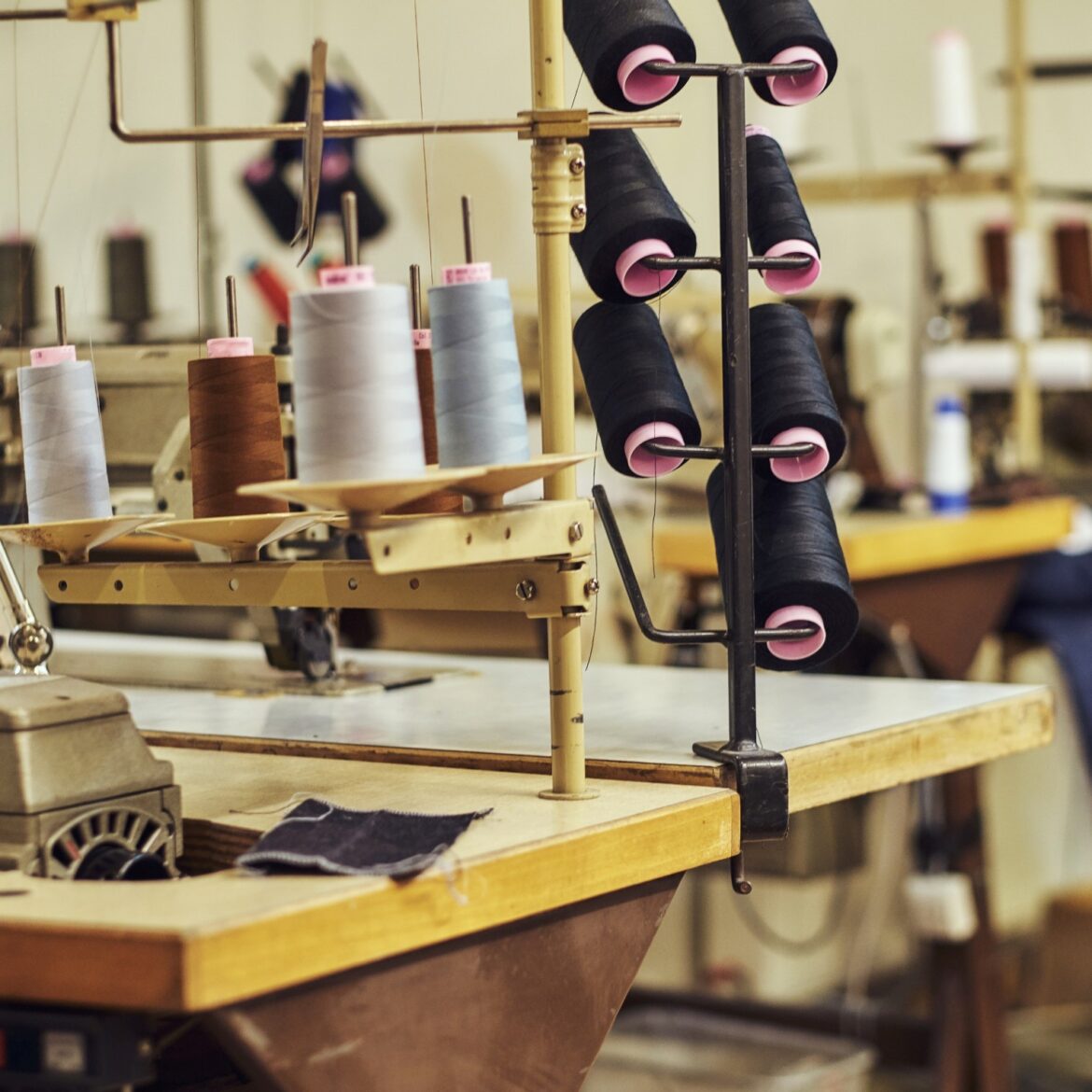U.S. apparel imports from Bangladesh grew by 26.62 percent over the period covered by the data, even as total U.S. apparel imports fell by 5.30 percent, according to figures from the U.S. textiles office, and that rise shows Bangladesh is winning more orders and filling gaps left by other suppliers. This shift matters because it brings more work to factories, drivers, warehouses and service shops that support garment production, and it can help more families earn steady pay. Compared with competitors, China’s apparel volume to the U.S. slipped while Vietnam and India posted larger gains, and Cambodia and Indonesia moved in different directions, which makes clear that buyers are choosing different suppliers for different needs. The report also looked at unit prices, which tell a story about value and product mix: global unit prices dipped slightly, but Bangladesh recorded a 7.30 percent rise in the price paid per unit, showing it is selling more value or higher priced items. Vietnam also saw unit price gains while India and China recorded falls and Cambodia showed a pronounced increase, and these varied moves reflect different country strategies such as competing on low cost or on higher value items. Industry leaders say Bangladesh can grow further by focusing on value-added products like better finishes, special fabrics and improved design, since higher unit prices mean more earnings without needing huge extra volume. For example, some peers earn around US$3.59 per unit on certain lines while others average much less, and that gap shows how selling more finished or branded items can lift returns. If factories boost skills, invest in machinery and work closely with buyers, they can meet new product standards and win repeat orders, which also supports higher wages and safer workplaces. Buyers gain too because higher value items can be more reliable and carry stronger brand appeal. Trade groups and policymakers can help by backing training, quality checks and smoother logistics so factories can reach new markets more easily. Overall, the rise in U.S. imports offers a clear chance for Bangladesh to build stronger exports, create steady jobs and attract more investment, and with steady planning, targeted upgrades and fair practices the industry can turn this momentum into lasting benefits for workers, businesses and local communities. Industry watchers say steady planning and fair practices can also make growth more inclusive and benefit communities across the country.
U.S. Apparel Imports from Bangladesh Surge 26.6% as Market Shifts
3


